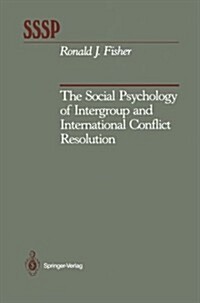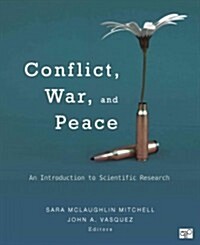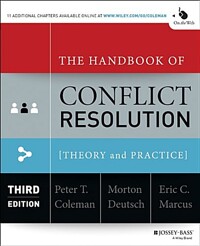
Handbook on peace education
- 발행사항
- New York : Psychology Press , 2010
- 형태사항
- xi, 344 p. : ill. ; 27 cm
- ISBN
- 9781138882911
- 청구기호
- 303.6 S174h
- 서지주기
- Includes bibliographical references and index
- 주제
- Peace
소장정보
| 위치 | 등록번호 | 청구기호 / 출력 | 상태 | 반납예정일 |
|---|---|---|---|---|
이용 가능 (1) | ||||
| 1자료실 | 00016530 | 대출가능 | - | |
- 등록번호
- 00016530
- 상태/반납예정일
- 대출가능
- -
- 위치/청구기호(출력)
- 1자료실
책 소개
This handbook encompasses a range of disciplines that underlie the field of peace education and provides the rationales for the ways it is actually carried out . The discipline is a composite of contributions from a variety of disciplines ranging from social psychology to philosophy and from communication to political science. That is, peace education is an applied subject which is practiced in differing ways, but must always be firmly based on a range of established empirical disciplines.
The volume is structured around contributions from expert scholars in various fields that underpin peace education, plus contributions from experts in applying peace education in a range of settings, all complemented by chapters which deal with issues related to research and evaluation of peace education.
This handbook encompasses a range of disciplines that underlie the field of peace education, plus contributions from experts in applying peace education in a range of settings, all complemented by chapters which deal with issues related to research and evaluation of peace education.
목차
E. Cairns, G. Salomon, Introduction. G. Salomon, E. Cairns, Peace Education: Setting the Scene. Part 1. The Context. I. Harris, History and Peace Education. D. Bar-Tal, Y. Rosen, R. Nets-Zehngut, Peace Education in Societies Involved in Intractable Conflicts: Goals, Conditions and Directions. W. Wintersteiner, Educational Sciences and Peace Education. Part 2. The Contribution of Underlying Disciplines. D.J. Christie, R.V. Wagner, What does Peace Psychology have to Offer Peace Education? Five Psychologically Informed Propositions. N. Tausch, K. Schmid, M. Hewstone, The Social Psychology of Intergroup Relations. E.W. Mania, S.L. Gaertner, B.M. Riek, J. F. Dovidio, M.J. Lamoreaux, S.A. Direso, Intergroup Contact: Implications for Peace Education. L. Oppenheimer, Contribution of Developmental Psychology to Peace Education. M.H. Ross, Peace Education and Political Science. D. Ellis, Y. Warshel, The Contribution of Communication and Media Studies to Peace Education. F. Oser, C. Riegel, S. Steinmann, Peace and Morality: Two Children of the Same Parents. I. Gur-Ze'ev, Philosophy of Peace Education in a Post-metaphysical Era: What is Wrong with Peace Education? Part 3. Approaches to Peace Education. J. de Rivera, Teaching about Culture of Peace as an Approach to Peace Education. D. Bar-On, Storytelling and Multiple Narratives in Conflict Situations: From the TRT Group in the German-Jewish Context to the Dual-Narrative Approach of PRIME. A. McCully, The Contribution of History Teaching to Peace-Building. D.W. Johnson, R.T. Johnson, Peace Education in the Classroom: Creating Effective Peace Education Programs. T. Gallagher, Building a Shared Future from a Divided Past: Promoting Peace Through Education in Northern Ireland. H.B. Danesh, Unity-Based Peace Education: Education for Peace Program in Bosnia and Herzegovina: A Chronological Case Study. E. Staub, Healing in Rwanda. I. Hakvoort, Peace Education in Regions of Tranquility. I. Maoz, Educating for Peace through Planned Encounters between Jews and Arabs in Israel: A Reappraisal of Effectiveness. G. Salomon, E. Cairns, Peace Education: Open-ended Questions.




